Captain Tsubasa: Rise of New Champions has been on my radar since it was announced. The reveal trailer was slick and instantly called to mind memories of games like FIFA Street, NFL Blitz, and Super Mario Strikers. It’s been years since a truly, truly great arcade sports title came out, so I was cautiously excited about what Captain Tsubasa: Rise of New Champions could bring to the table, despite my general concerns with some of Bandai Namco’s more recent anime titles.
Luckily, Captain Tsubasa: Rise of New Champions doesn’t just score, it scores big.
Captain Tsubasa: Rise of New Champions Review — Rise to the Top!
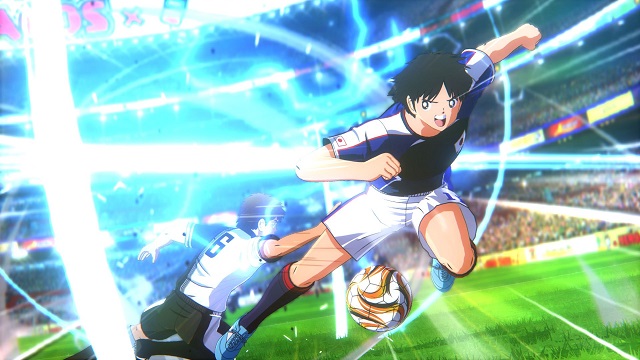
Captain Tsubasa may not have the name recognition that other Bandai Namco-adapted anime series have, but that doesn’t make it any less important. Since its inception in the early 1980s, the show has been massively influential both in Japan and worldwide, and is, at least in part, responsible for inspiring the professional soccer careers of superstars like James Rodriguez, Andres Iniesta, and Lionel Messi.
It was, and still is, a big deal, which means that there’s a lot to live up to here.
The first thing you’ll likely want to do upon starting up the game is to play through Episode Tsubasa, one of the game’s two story modes. This mode operates as a tutorial (albeit an incomplete one) on the game’s systems under the guise of the player leading Nankatsu MS to their third consecutive title.
By the end, you’ll have learned how to dribble, pass, change tactics, tackle, and pull off special shots, passes, and saves. That said, there’s a fair amount that the mode doesn’t teach you, and it’s a bit surprising that things like combo passes and shots aren’t even mentioned in the mode, instead relegated to a separate tutorial menu.
That’s my only gripe with Episode: Tsubasa, though. It’s the perfect balance of exposition and action, and the Dynamic Action Demo system that plays flashy cutscenes as the player performs certain actions in certain situations makes each match feel appropriately over-the-top and heart-pounding.
Team Play
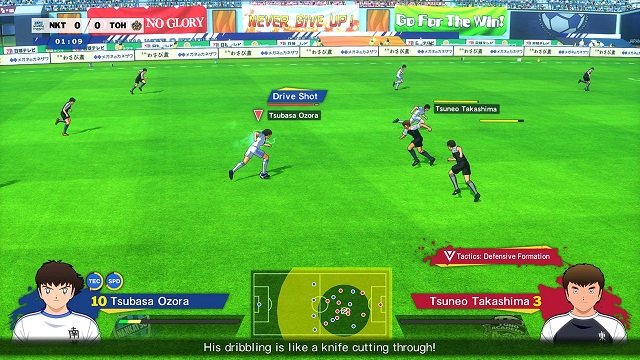
Matches themselves feel fluid and responsive, even on the Nintendo Switch in handheld mode, and the way that the developers adapted the anime into a soccer title deserves a lot of praise.
The game controls a lot like Super Mario Strikers, in fact. You have a “spirit” meter that allows you to dash and tackle, as well as pull off dribble moves and special shots, blocks, and passes. There’s also a “V-Zone” meter that charges over time and can be cashed in to give your team a significant boost.
Shots and passes can be charged to give them special effects, although charging them makes you susceptible to a tackle.
Ballhandling itself deserves special mention as well, because possession showdowns are at the heart of this game. There are two different ways to challenge for possession, and two different ways to defend against them.
A dribble move will defend against a normal challenge, and a dash will defend against a slide or a special tackle. This means that there’s a lot of split-second decision-making that goes into every single challenge, which in turn can lead to huge dividends either offensively or defensively, since consecutive evasions lead to stat boosts.
Because you never directly control the goalie (apart from causing them to dive when they’re out of position, or activating a super save), the way that scoring works bears mentioning as well. As long as the goalie is facing down a shot in position and has a bit of spirit left in the meter, any shot will be blocked.
The key to scoring is either to draw the goalie out of position with an expert cross or to bombard them with powerful shots until all of their spirit is expended saving them. It’s a different way of going about the actual scoring process, and it may not be for everyone, but it worked for me.
Suffice it to say, there’s a lot going on under the hood to support the flashy shots and saves in every match. Competitive play is intense and satisfying, and tactics are key.
A New Hero
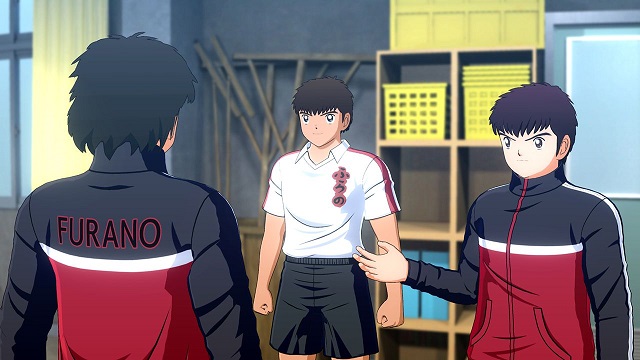
The second of the game’s two story modes allows you to create your own anime soccer avatar and rise through the ranks either as a defender, a midfielder, or a forward. That said, this mode is almost like three story modes in one, as you get to choose between three different soccer clubs in which to start your career. There’s a lot of replayability here, especially for fans of the original series.
This mode is very, very deep as well. The goal is to max out your player’s stats by performing well, while at the same time collecting friendship cards and leveling them up in order to learn moves and skills from your peers and rivals through cute cutscenes that have your created player interacting with legends from the franchise.
Once you finish, your custom character’s stats will be locked, and they’ll be available for use in a game mode where you can create your own custom dream team and compete online.
That mode operates kind of like a watered-down FIFA Ultimate Team, but for an arcade title, the concept works well (and is thankfully free of microtransactions.) You’ll unlock players as you progress through the game instead of unlocking them through card packs. And though, yes, there are randomized card packs in the game, those packs are full of friendship cards that are used to give your created player better moves.
To prevent teams from getting too overpowered, there’s a max player “cost” per team, meaning you can’t just stack your dream team with studs; there has to be a balance.
Captain Tsubasa: Rise of New Champions Review — The Bottom Line
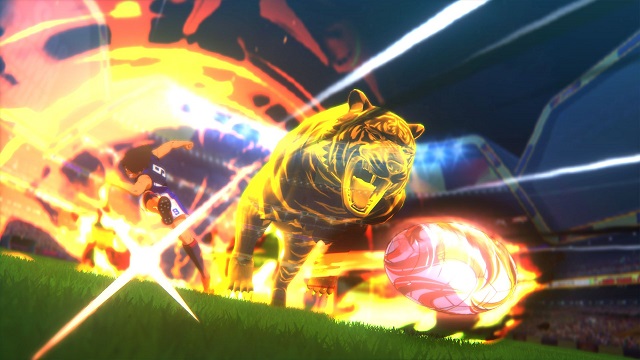
Pros
- The Dramatic Action Demo system is a ton of fun
- The game looks and plays in a wonderful, true-to-the-show way
- The flash is backed up by the ability to delve deep into complex tactics and customization
Cons
- Episode: Tsubasa doesn’t teach you absolutely everything you need to know about the game
- Long load times
Try as I might, I simply cannot find much to dislike about this game, other than the fact that I wish the tutorials weren’t buried, and that the game really takes a long time to load at certain points.
For fans of the franchise, there’s a lot to love. Unlockable scenes from the anime flood the collection menu, and it’s stuffed with player biographies and music as well. For newcomers, the game represents an ideal starting place. You don’t really need any context to love everything the game has to offer.
The simple, easy truth here is that if you’re craving an arcade soccer game, you really should buy Captain Tsubasa: Rise of New Champions. It plays like a spiritual successor to Super Mario Strikers: Charged, and that is about the best compliment I could give to a sports title.
I can only hope that early Twitter hype for this game translates into demand not just for a sequel, but for more games like this to be made. Captain Tsubasa: Rise of New Champions‘ love for soccer is infectious, and because of that, it’s a game that will either have you wearing a big goofy grin as you pull off an expert cross-header-combo, or staring unblinkingly at the screen as you attempt to claw back the lead in an intense multiplayer match.
What more could you ask for?
[Note: Bandai Namco provided the copy of Captain Tsubasa: Rise of New Champions used for this review.]

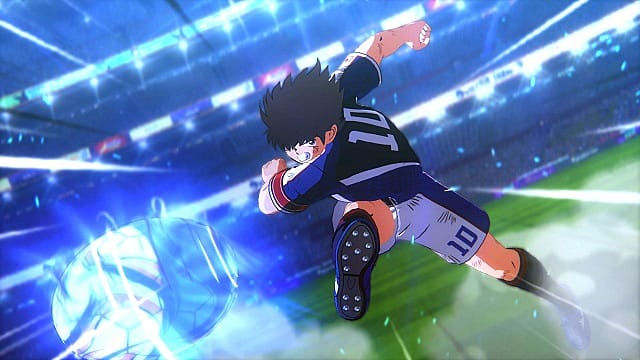





Published: Sep 3, 2020 02:50 pm